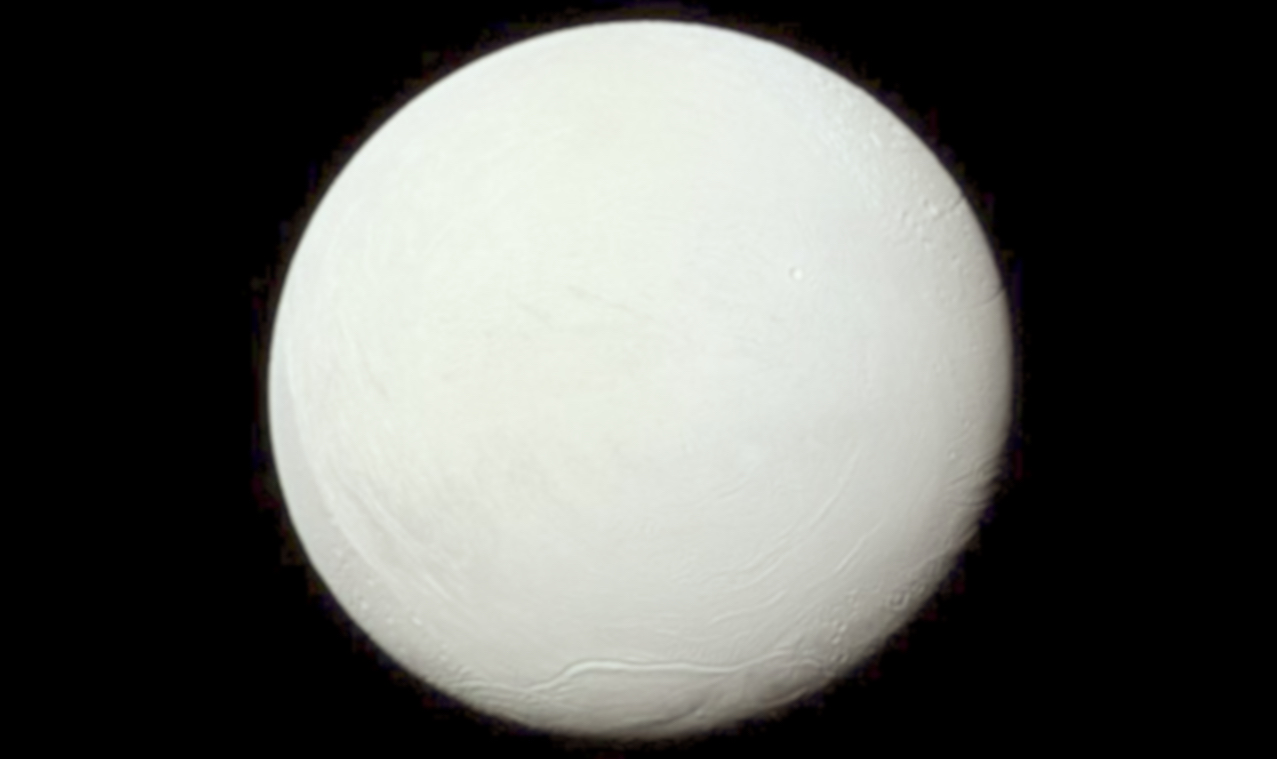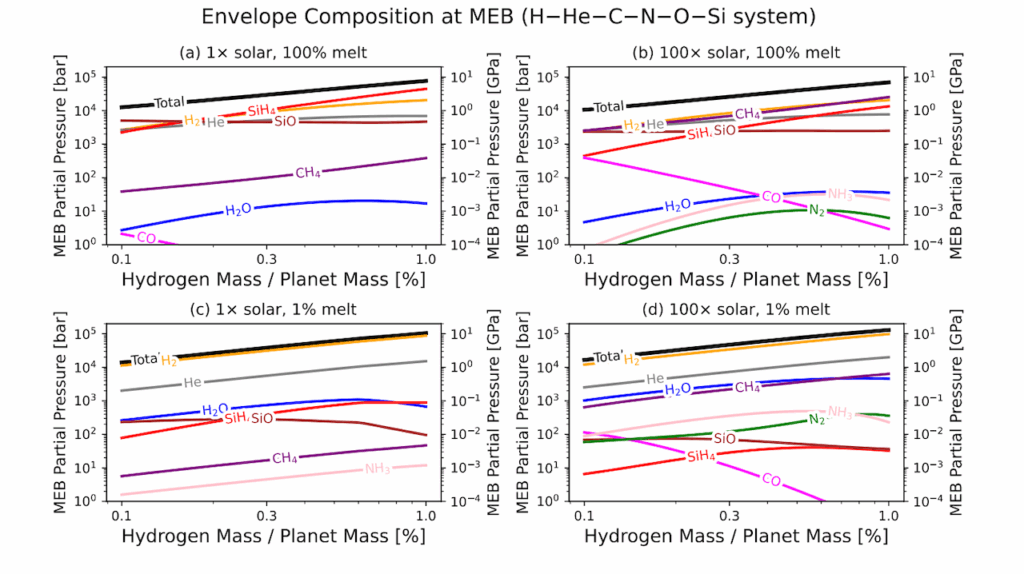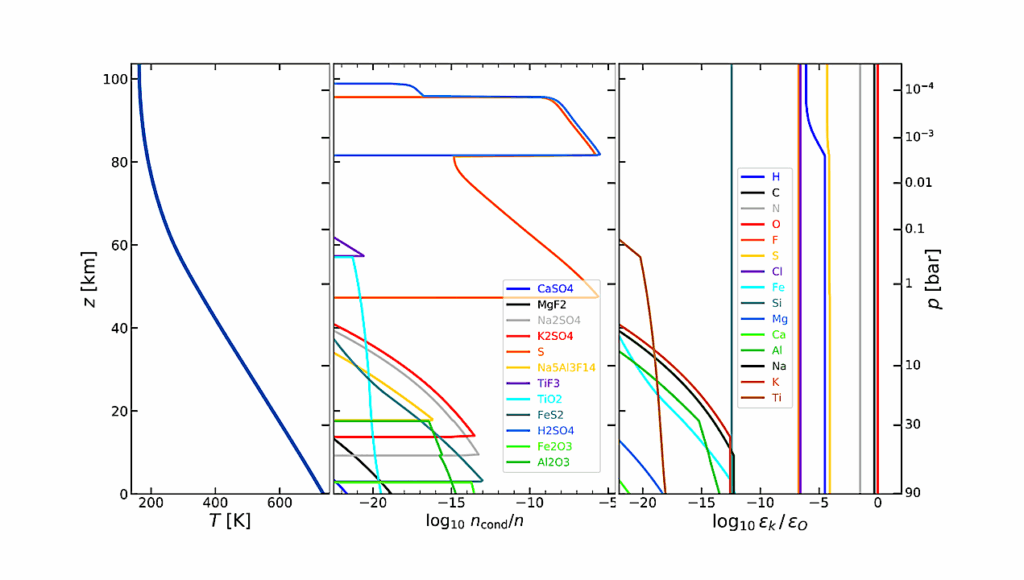Resilience of Snowball Earth to Stochastic Events

Earth went through at least two periods of global glaciation (i.e., “Snowball Earth” states) during the Neoproterozoic, the shortest of which (the Marinoan) may not have lasted sufficiently long for its termination to be explained by the gradual volcanic build-up of greenhouse gases in the atmosphere.
Large asteroid impacts and supervolcanic eruptions have been suggested as stochastic geological events that could cause a sudden end to global glaciation via a runaway melting process. Here, we employ an energy balance climate model to simulate the evolution of Snowball Earth’s surface temperature after such events.
We find that even a large impactor (diameters of d∼100km) and the supervolcanic Toba eruption (74kyr ago), are insufficient to terminate a Snowball state unless background CO2 has already been driven to high levels by long-term outgassing. We suggest, according to our modeling framework, that Earth’s Snowball states would have been resilient to termination by stochastic events.
Guillaume Chaverot, Andrea Zorzi, Xuesong Ding, Jonathan Itcovitz, Bowen Fan, Siddharth Bhatnagar, Aoshuang Ji, Robert J. Graham, Tushar Mittal
Comments: Accepted for publication in Geophysical Research Letters (GRL)
Subjects: Earth and Planetary Astrophysics (astro-ph.EP); Geophysics (physics.geo-ph)
Cite as: arXiv:2407.10679 [astro-ph.EP] (or arXiv:2407.10679v1 [astro-ph.EP] for this version)
https://doi.org/10.48550/arXiv.2407.10679
Focus to learn more
Submission history
From: Guillaume Chaverot
[v1] Mon, 15 Jul 2024 12:55:35 UTC (3,346 KB)
https://arxiv.org/abs/2407.10679
Astrobiology,








